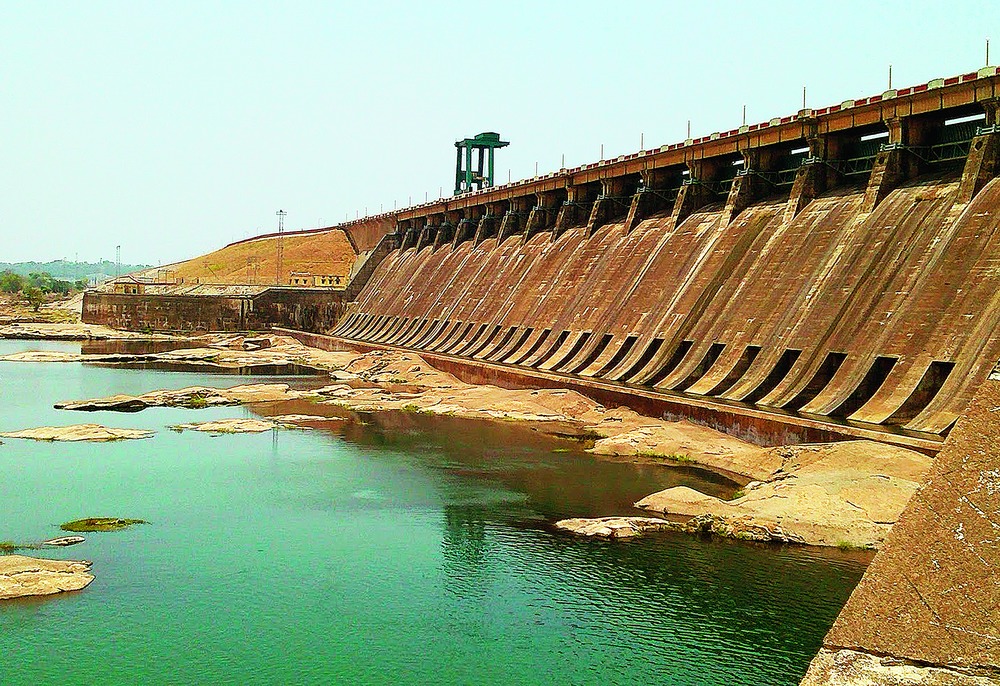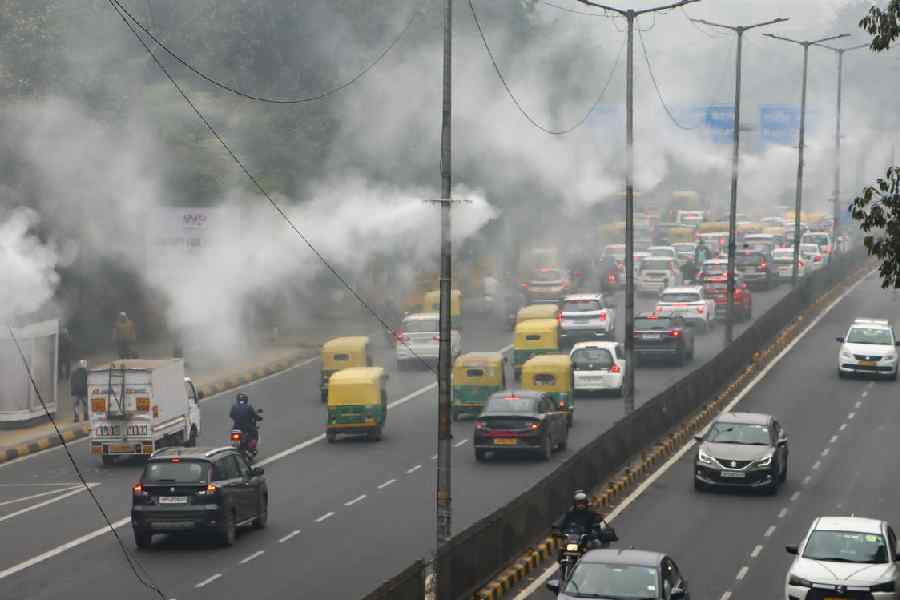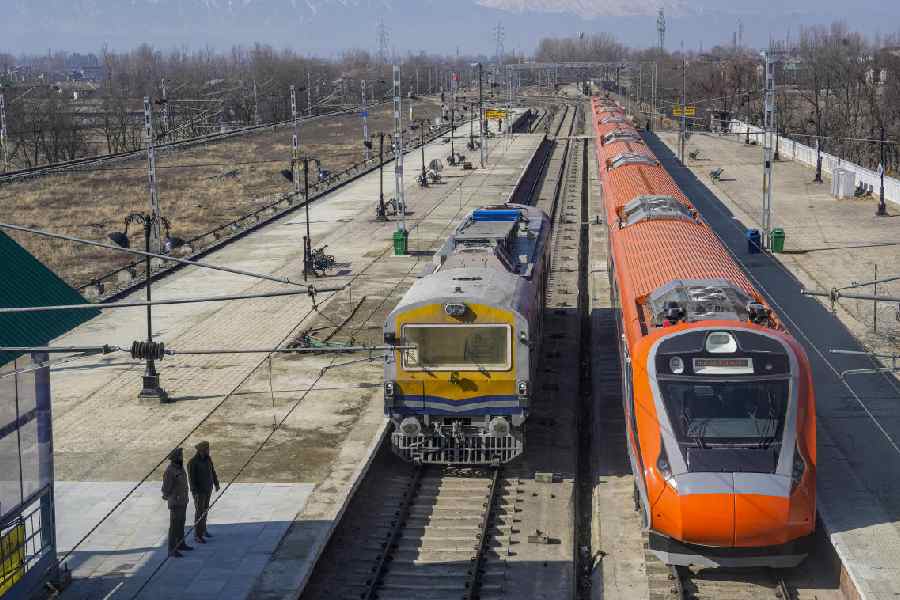
Bhubaneswar, Aug. 8: Authorities of the Hirakud reservoir, which is in focus because of the ongoing dispute over Mahanadi water between Odisha and Chhattisgarh, said the dam was suffering from heavy siltation.
Experts say that Hirakud's trouble stems from Chhattisgarh's effort at industrialisation. As the neighbouring state cleared plantation along the river to give space to industries, the lose soil flowed all the way from the upstream and got deposited in the Hirakud. This contributed to the dam's water retention capacity going down.
The reservoir's water-holding capacity had been reduced by 17 per cent by 2006 and fell further since then. However, the National Remote Sensing Authority is yet to conduct a study to ascertain the exact extent of siltation.
Executive engineer of the dam, considered among the biggest earthen dams in the world, Harmohan Pradhan said: "The storage capacity has been reduced by 17 per cent of its live storage capacity (590 feet to 630 feet). It must have further decreased, but we will know the exact extent after the National Remote Sensing Authority undertakes a study. We have already made a request in this regard."
An official said that state government data showed that the siltation had reduced the Hirakud dam's water-retention capacity to 3.8 million acre feet (macft) from its earlier 4.72macft. Besides, the average inflow in the Hirakud between August and September is 16.5macft out of the annual inflow of 26.5mactft. But, all the water goes to the sea as the Hirakud has not been able to keep it. As the water-retention capacity has dropped, it has its impact on power production as well as irrigation, said an official.
The non-monsoon water flow into the Hirakud is approximately 1.38macft. As the Chhattisgarh government is constructing a number of barrages on Mahanadi upstream, water flow into the reservoir will be reduced even more significantly.
The Hirakud reservoir heavily depends on its catchment area in Chhattisgarh for water inflow. While 73,215sqkm of its catchment areas fall in Chhattisgarh, only 10,185sqkm are in Odisha.
"After Chhattisgarh was formed in 2000, it took steps to boost industrialisation. To achieve that, it has undertaken large-scale felling of trees. The soil has become loose and got washed away along with water into the reservoir, adding to its silt load. We can only try and reduce it but cannot stop the phenomenon," said former chief engineer Sarat Mohanty.
Engineering in chief of the upper Mahanadi basin Janaki Ballava Mohapatra said: "Desiltation of the Hirakud dam is not an easy proposition. Even if we attempt it, where we will dump the mud, slush and silt that is taken out? It's a huge task and involves huge money."
Sources said that according to the preliminary estimate, desiltation of the dam would require an investment of more than Rs 5,000 crore, and it might go up further. "Once the engineers had planned to go for disiltation of the Damodar valley, but they had to give up the plan because of problems involved in dumping of slush. Funds, too, proved to be a constraint," said an official.
The reduction in the dam's storage capacity always poses a threat of imminent floods in case of heavy rainfall in the Mahanadi upstream. This had happened in 2011 when Odisha had witnessed one of its worst floods in the Mahanadi system, following heavy rainfall in the river's upper catchment area.
The official said the only solution to save people from possible floods was to build a series of dams in the Mahanadi downstream. Sources said former chairman of the Central Water Commission A.N. Khosla, who was also the governor of Odisha, had, in 1945, recommended unified development of the Mahanadi basin through storage dams at Hirakud, Tikarpara and Naraj to curb floods in the river delta. However, except Hirakud, others did not materialise with problems such as large-scale displacement and submergence coming up.











